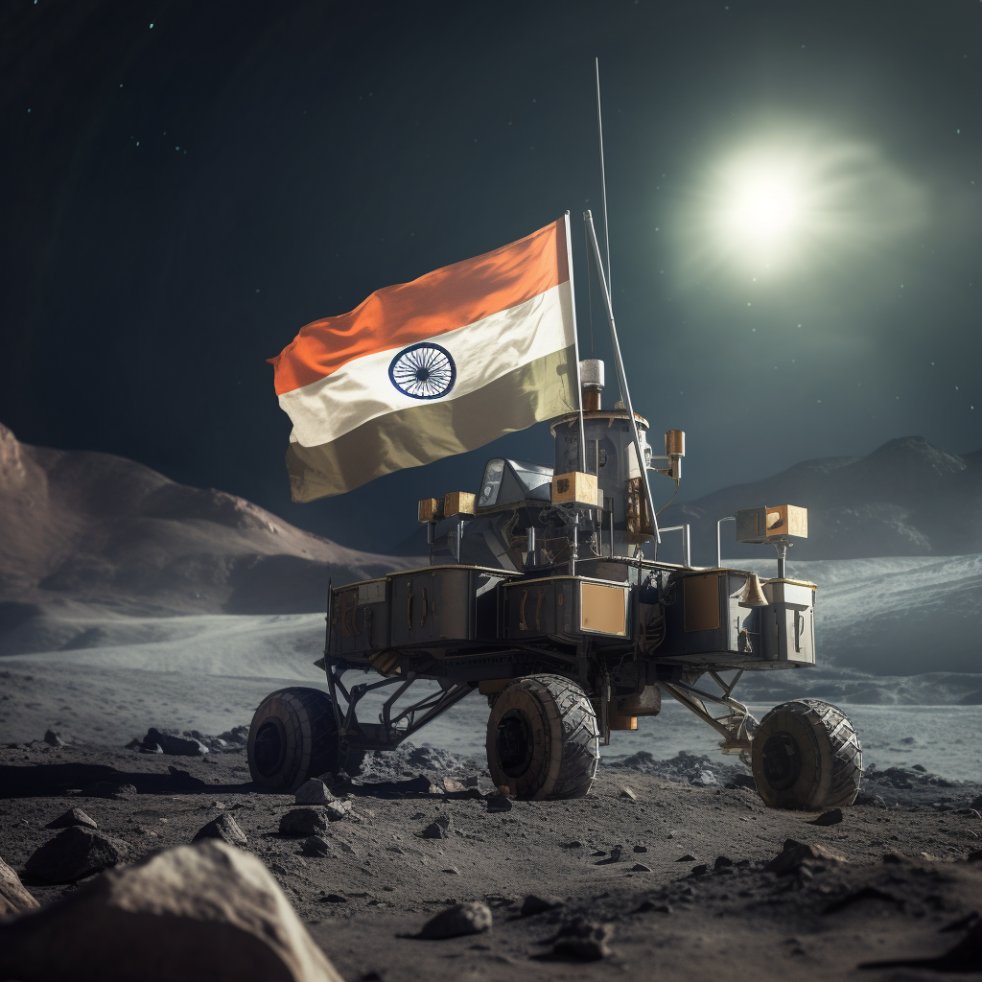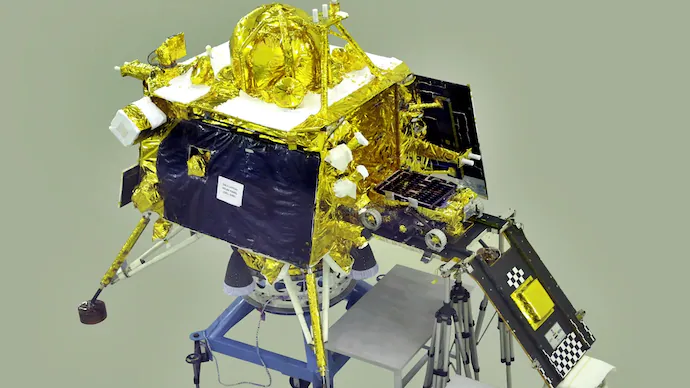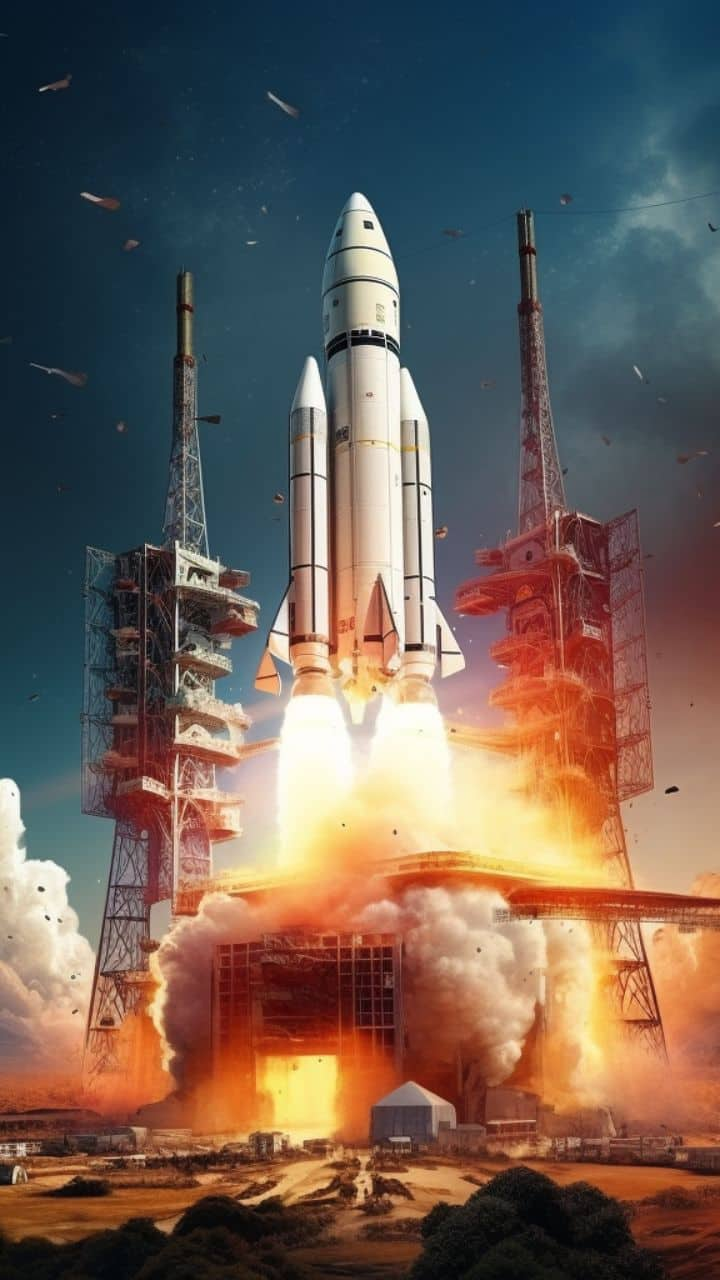Chandrayaan-3: India’s Third Lunar Mission


On August 23, 2023, India’s third lunar mission, Chandrayaan-3, will attempt to soft land on the Moon. The mission is a follow-on to Chandrayaan-2, which successfully orbited and mapped the Moon in 2019, but failed to land.
Chandrayaan-3 is designed to land in the southern polar region of the Moon, which is a region that has not been explored by any other spacecraft. The mission’s objectives are to:
- Demonstrate the end-to-end capability of landing a spacecraft on the Moon
- Conduct scientific experiments on the lunar surface
- Explore the resources of the Moon
The Chandrayaan-3 spacecraft consists of a lander, a rover, and a propulsion module. The lander will be responsible for the soft landing on the Moon, while the rover will explore the lunar surface. The propulsion module will be used to transfer the lander and rover from Earth orbit to lunar orbit.
The Chandrayaan-3 mission is a major milestone for India’s space program. If successful, it will make India the fourth country to soft land on the Moon. The mission will also help India to gain valuable experience in lunar exploration, which could be used for future missions to the Moon and Mars.
The Landing
The Chandrayaan-3 lander is scheduled to land on the Moon on August 23, 2023, at 6:04 PM IST. The landing will be a challenging one, as the lander will be entering the Moon’s atmosphere at a speed of over 1.68 kilometers per second. The lander will use a combination of parachutes and retrorockets to slow its descent and land safely on the lunar surface.
The landing will be broadcast live on Indian television. Millions of people are expected to watch the historic event.
The Rover
Once the lander has landed, the rover will be deployed to explore the lunar surface. The rover is equipped with a variety of scientific instruments, including cameras, spectrometers, and a magnetometer. The rover will be used to study the geology of the lunar surface, the composition of the lunar soil, and the lunar environment.
The rover is expected to operate for up to 1 lunar day, which is about 14 Earth days.
The Scientific Experiments
The Chandrayaan-3 mission will conduct a variety of scientific experiments on the lunar surface. These experiments will focus on the following areas:
- The geology of the Moon
- The composition of the lunar soil
- The lunar environment
- The resources of the Moon
The scientific data collected by the Chandrayaan-3 mission will help scientists to better understand the Moon and its history. This information could be used to plan future missions to the Moon and Mars.
The Future of Lunar Exploration
The success of the Chandrayaan-3 mission will be a major boost for India’s space program. It will also help to pave the way for future lunar exploration missions.
India is planning to send a crewed mission to the Moon in the 2030s. The Chandrayaan-3 mission will help to prepare for this mission by providing valuable experience in lunar landing and exploration.
The Chandrayaan-3 mission is a significant milestone in the history of space exploration. It is a testament to the hard work and dedication of the scientists and engineers at ISRO. The success of this mission will inspire a new generation of scientists and engineers to pursue careers in space exploration.
